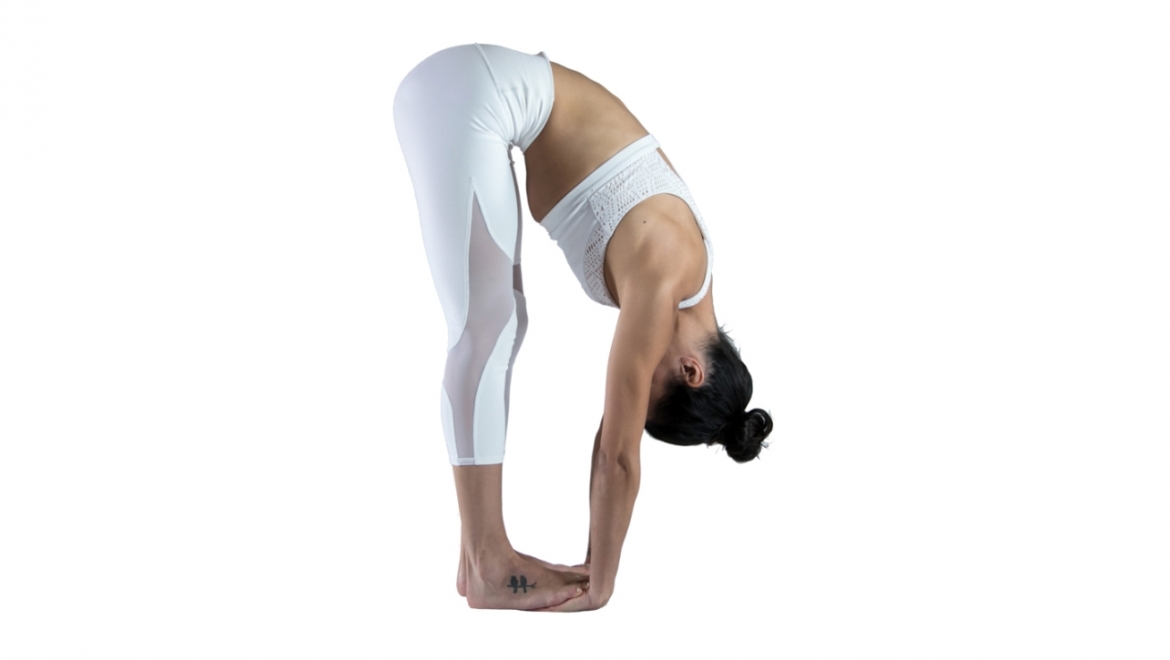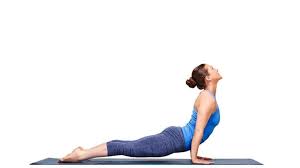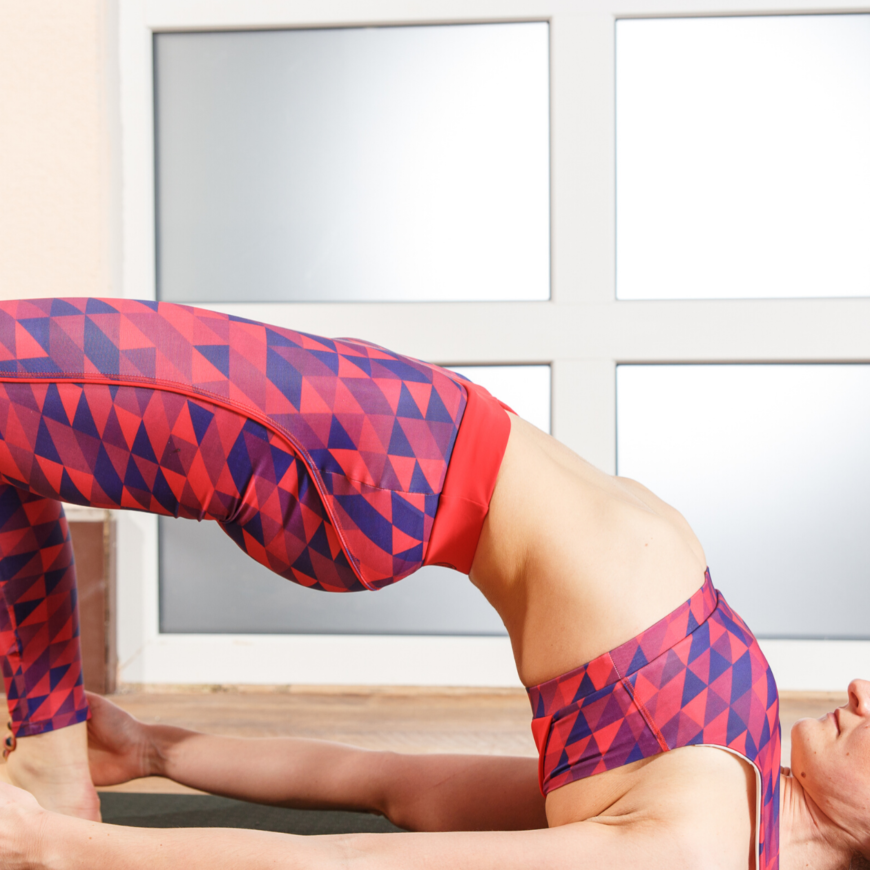Introduction
Before we tell you the benefits of Padangusthasana, Let us take a look at what yoga actually is:
Yoga is the unification or oneness of mind, body and soul. It relaxes and calms the mind. It is a tool for knowing one’s inner self and understanding what is good or bad for us. Practising yoga has become quite popular these days. There are asanas in yoga which help the person in remaining stable and sticking to a particular position for a long time. Asanas help the individual to stay physically and mentally calm, quiet and peaceful. Asanas help in creating a balance between the mind and body. It releases stress and anxiety by dealing with the physical body through the mind.
Practising yoga asanas activate the dormant energy and make the person healthy and confident in all spheres of life. The asanas also help to release the negative energy and purify the soul. Yoga asanas help to keep the body healthy and attain happiness and peace. Padangusthasana (Big Toe Pose) is one of the easiest asanas to practice. It is taught to the beginners and helps in stretching all the muscles from head to toe. It is one of the asanas in the hatha yoga category. The word Padangusthasana is derived from the Sanskrit word pada meaning foot, Angustha means thumb and asana means pose. Thus, it derives the name big toe pose.
The Padangusthasana has immense health benefits like releasing stress, calming the mind, improves blood circulation, helps in reducing the lower back pain and boosts sexual activity.
How to do Padangusthasana?
Padangusthasana, also known as the big toe pose, is one of the effective asanas while practising yoga. This asana creates a balance between the forward and backward bending and uses the push and pull of gravity which helps in relieving pain and stress of the body. The asana has some steps so that it can be practised in the right manner.
- Stand up with your legs straight and at a distance of 6 feet from each other, keeping your feet parallel to each other.
- Contract your thigh muscles and lift your kneecaps forward.
- Now bend forward and touch your forehead to your knees.
- Then hold your big toe with the other fingers of your hand firmly.
- Keeping your elbows straight, inhale and lift the torso.
- Exhale and bend towards your toe again. Repeat this process a few times. Then straighten your body. Keep your breath constant and torso straight while moving up and down. In the process, don’t forget to hold your toes.
- Come back to the normal position.
- Modification of the pose- In the beginning, you might feel pain in the knees and legs while bending, you can place a towel under your feet to relieve pain. Holding your toes might be difficult in the beginning, so alleviate your heels 2 to 3 inches above the ground level. Use a yoga strap if you are not able to keep your knees straight.
Benefits of Padangusthasana
The big toe pose is quite useful and beneficial. It must be practised regularly to get great benefits.
- It improves the digestion and thus helps in the proper functioning of the body.
- It stimulates the functioning of the liver and kidney.
- In women, it helps provide relief in menopause and ensures the proper running of the menstrual cycle.
- As the thigh muscles are stretched, it makes them strong and healthy.
- It helps in relieving headache and the problem of insomnia.
- It provides relief from stress, anxiety and tension. It relaxes the mind.
- It activates the reproductive and digestive system to work more efficiently.
- It makes the body more flexible and strengthens the muscles of the body.
- It also improves concentration level and increases the flow of blood in the body.
Once you have mastered the Padangusthasana, you can go towards a more advanced level of practising Utthita Hasta Padangusthasana. It comes with little variations of extending one leg to the side and holding your big toe with the hand. This gives an excellent stretch to the muscles of the hips and thighs.
Precautions
- It should be ensured that pregnant women do not do this asana.
- Individuals with back pain or injuries should avoid practising the asana.
- Individuals undergoing surgery or operation should not do this asana.
See Also: Iyengar Yoga for Strength and Agility





Add Comment